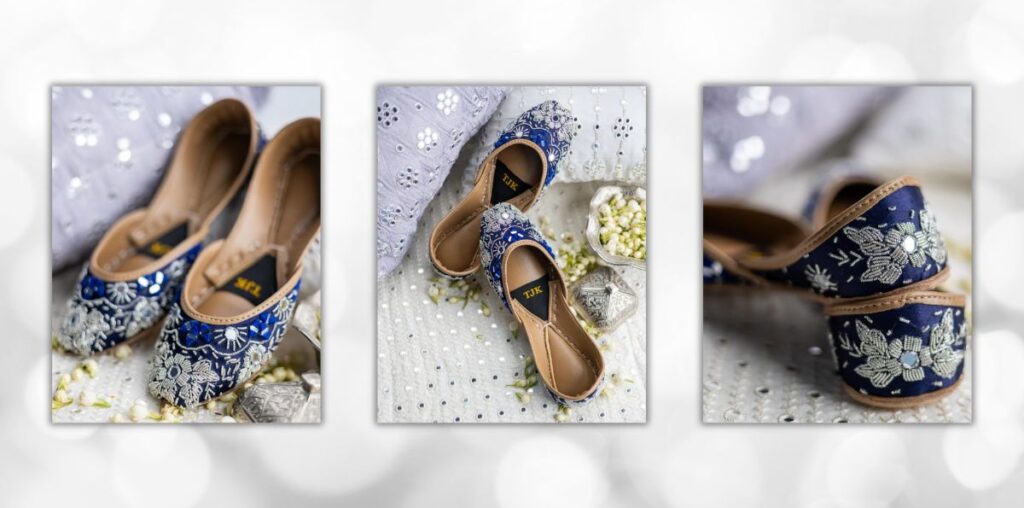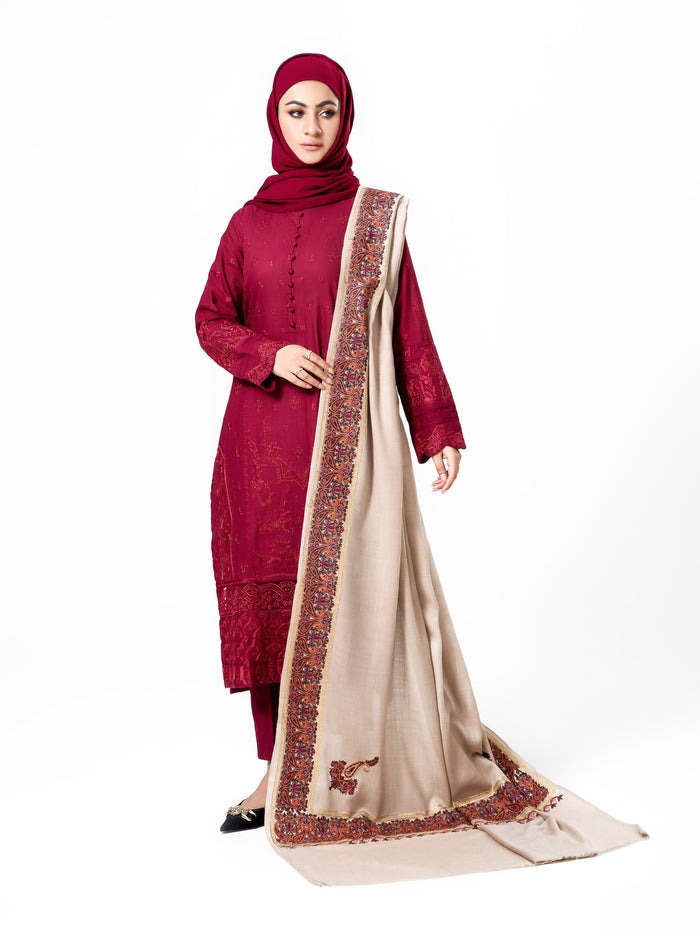Pakistan is a country steeped in tradition, vibrant culture, and artisanal excellence. Among its most cherished fashion artifacts is the khussa—a handcrafted shoe that holds a timeless appeal for people across generations. Over the years, the humble khussa has evolved from a simple traditional footwear piece into a statement of style, especially with the rise of fancy khussa design. Each region of Pakistan contributes its own unique flavor to khussa design, resulting in a rich tapestry of patterns, techniques, and aesthetics.
At the forefront of reviving and reimagining these cultural designs is TJK Designs, a company known for its dedication to preserving traditional artistry while crafting khussas that suit today’s fashion-forward audience. Let’s take a closer look at how different regions of Pakistan have influenced fancy khussa designs and how TJK Designs is playing a vital role in celebrating these roots.
1. Punjab: The Heartland of Vibrant Embroidery
Punjab is often considered the birthplace of khussas. The traditional khussa from this region is characterized by bold colors, vivid embroidery, and intricate threadwork. Motifs often include floral patterns, birds, and Mughal-inspired geometry. The artisans of Punjab use fine silk threads, mirror work, and beads to give the khussa a festive look, making them a staple in weddings and celebrations.
TJK Designs, deeply inspired by Punjabi craftsmanship, offers khussas that mirror the region’s lively spirit. Their collections often include vibrant color palettes and heavy embellishments perfect for bridal and formal wear.
2. Sindh: Mirror Work and Geometric Patterns
Sindhi artisans bring their signature mirror work and vivid geometric patterns into khussa design. Drawing inspiration from Ajrak and Sindhi embroidery, khussas from this region are colorful, symmetrical, and dazzling under light. These designs are not only beautiful but also symbolic, representing centuries of Sindhi heritage.
TJK Designs captures this aesthetic with its specialty line featuring mirror-studded khussas combined with modern comfort and fit. These are ideal for festivals like Eid, Mehndi events, or even styled with a casual denim kurti combo.
3. Balochistan: Earthy Tones and Tribal Influences
Balochi craftsmanship is known for its earthy palette, tribal symbols, and strong hand-embroidery techniques. Unlike the more flamboyant styles of Punjab and Sindh, Balochi khussas lean toward minimalism and earthy sophistication. The embroidery tends to focus on bold motifs using muted threads and subtle bead accents.
Understanding this understated beauty, TJK Designs integrates these influences into khussas designed for women who prefer a more grounded, natural aesthetic. These designs are perfect for everyday wear or semi-formal occasions where elegance lies in simplicity.
4. Khyber Pakhtunkhwa (KPK): Rug-Inspired Patterns and Leather Work
KPK, with its strong connection to rugged landscapes and rich tribal heritage, brings robust leatherwork and rug-inspired embroidery into khussa design. The khussas from this region often feature thicker soles, earthy tones like maroon, olive, and black, and minimal yet impactful embroidery.
TJK Designs incorporates KPK’s distinctive flair into their winter collection. Their khussas feature textured finishes, thicker linings, and embroidery patterns inspired by traditional Peshawari carpets—making them not just beautiful, but also seasonally practical.
5. Kashmir: Delicate Motifs and Fine Detailing
Kashmiri influence on fancy khussa design is unmistakably graceful. Known for its fine threadwork, subtle floral motifs, and the use of luxurious fabrics like velvet, Kashmir brings elegance and regality to every piece. Embroidery in pastel shades or ivory-white threads is a signature style of this region.
TJK Designs pays tribute to this delicate artistry through khussas made with plush materials and fine embroidery, ideal for winter weddings, formal gatherings, or a polished evening look. Their Kashmiri-inspired collection has become a go-to choice for women seeking something both graceful and unique.
6. Gilgit-Baltistan: Woolen Textures and Alpine Accents
Though not traditionally known for khussas, Gilgit-Baltistan’s influence is growing in contemporary designs. The region’s vibrant textiles, woolen threads, and patterns inspired by nature and alpine scenery are finding their way into khussa designs meant for colder months.
TJK Designs is among the few brands experimenting with wool-blend fabrics and textured finishes to bring this regional style to life. The result is a warm, cozy, and visually distinct khussa that celebrates Pakistan’s northern beauty.
Bringing It All Together: TJK Designs as a Cultural Bridge
What makes TJK Designs stand out is its ability to preserve the authenticity of regional designs while making them wearable and fashionable for a global audience. Their team collaborates with skilled artisans across Pakistan, ensuring that traditional techniques are honored and sustained.
Each pair of khussas tells a story—of the village it was crafted in, the hands that embroidered it, and the centuries-old traditions it embodies. Through thoughtful design and ethical production practices, TJK Designs is doing more than selling shoes—they are preserving Pakistan’s cultural heritage and making it accessible to a new generation.
In Conclusion
The beauty of fancy khussa design lies in its diversity. From the vibrant streets of Punjab to the serene valleys of Kashmir, each region contributes its own artistry and cultural symbolism to this beloved footwear. In today’s fashion scene, regional inspiration is not just a design element—it’s a form of storytelling.
TJK Designs bridges the gap between the old and the new, offering women everywhere the chance to wear a piece of history with modern elegance. So, whether you’re dressing for a wedding, an art exhibition, or just your daily routine, remember that behind every pair of fancy khussas is a rich tradition worth celebrating.




